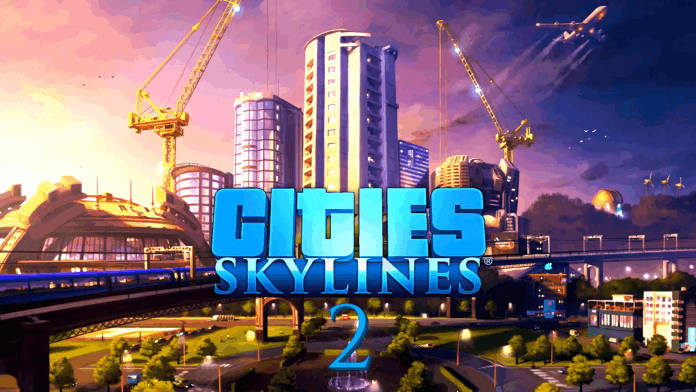A massive developer update now reveals more about passenger and freight traffic in Cities Skylines 2.
Cities Skylines 2 is coming out this autumn and wants to do a lot better than its already pretty terrific predecessor. The developers have now released a massive update video that explains how buses and trains will work in the second part and what new options there will be.
Last week the developers of Colossal Order already talked about traffic and its AI now the biggest update so far is about public transport and transportation.
If you don’t have the time or inclination to watch the video right now, we’ll summarise the most important points for you.
Table of Contents
This is how passenger and freight transport works
Passenger transport
Buses
Buses are essential in the early stages of the game. They require a bus depot for maintenance and offer two options: fuel-powered and electric buses. Electric buses require an upgrade to the bus depot.
You can set up bus stops using bus stop signs or bus shelters on roads. By setting up intercity bus routes, buses are also useful for travelling to other cities.
Taxis.Taxis
They provide a flexible transport option and do not require lines. However, taxis contribute to traffic congestion and need a taxi depot for maintenance. Initially, taxis can only pick up passengers at a taxi rank, but with an upgrade to the control centre, they can pick up passengers throughout the city. An upgrade will make electric taxis available, reducing noise and air pollution.
Trains
Trains carry both passengers and freight. They require a marshalling yard and tracks. Trains are best suited for intercity traffic, but can also be used for local traffic.
Track infrastructure includes two-track and single-track tracks, elevated tracks, bridges, tunnels and more. Stations can be upgraded with additional platforms and can be connected to other modes of transport.
Trams
They are an advanced and environmentally friendly mode of transport and require a tram depot. Tram tracks can be added to existing roads or built separately.
Tram networks have higher initial costs compared to buses, but are quieter and more environmentally friendly. There are single tracks, double tracks, elevated tracks, bridges, tunnels and more.
U-trains
U-trains are high-speed, high-capacity means of transport. They require an underground station for trains and exclusive tracks. They can be built underground to save space or above ground on elevated tracks. Subways are popular with citizens because of their speed.

Water transport
Vessels can transport both passengers and cargo. They need access to map edges through sea lanes and ports connected to these sea lanes. Ships have a high capacity, but are slow.
Air transport
Aircraft provide a fast option for transport between cities. Airports require a large amount of space. Air transport lines do not require additional infrastructure other than airports connected to external links with the line tool. Planes have a smaller capacity compared to ships and trains, but are much faster.

Freight transport
A big innovation that was also announced in the new video is trade with other cities. However, there are currently no exact details on this yet.
Goods trains
They are essential for the transport of land resources. A goods train terminal is needed here to act as a warehouse for incoming and outgoing freight and function like a distribution centre. In order for the goods trains to arrive, a separate goods train line must be established, similar to the line for passenger trains.
Freight ships
Freight ships carry large amounts of freight (up to 1000 tonnes) and are not affected by road traffic. Cargo ports, like train terminals, can store resources and goods for distribution. However, they are accessed by heaps of trucks and therefore generate a significant amount of truck traffic.
How do you like the new features? Are you excited about trading with other cities? Let us know in the comments.


